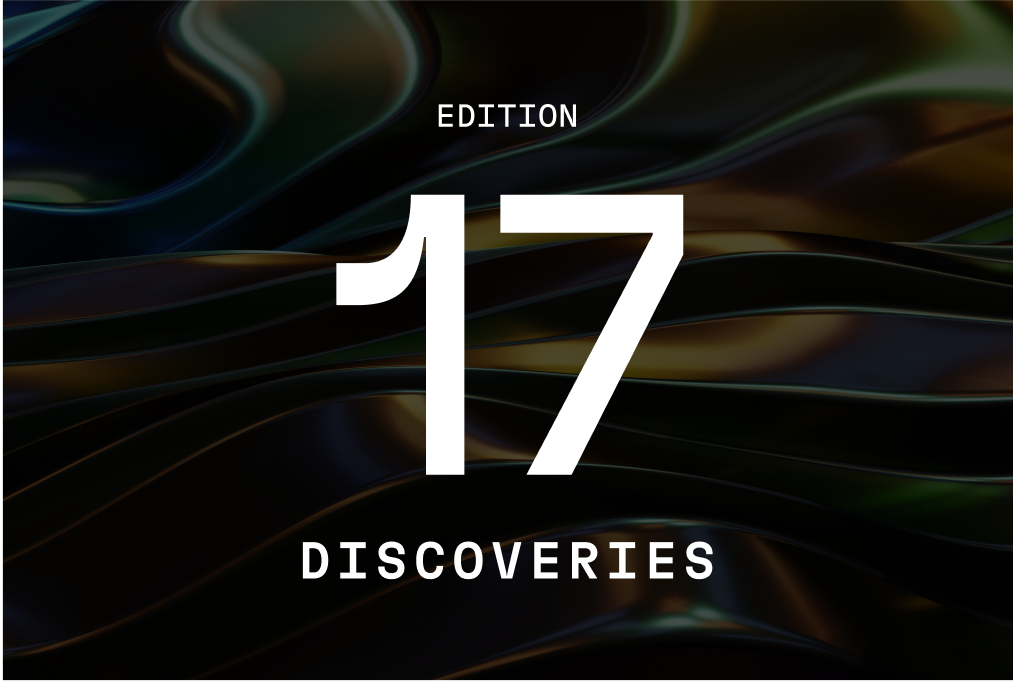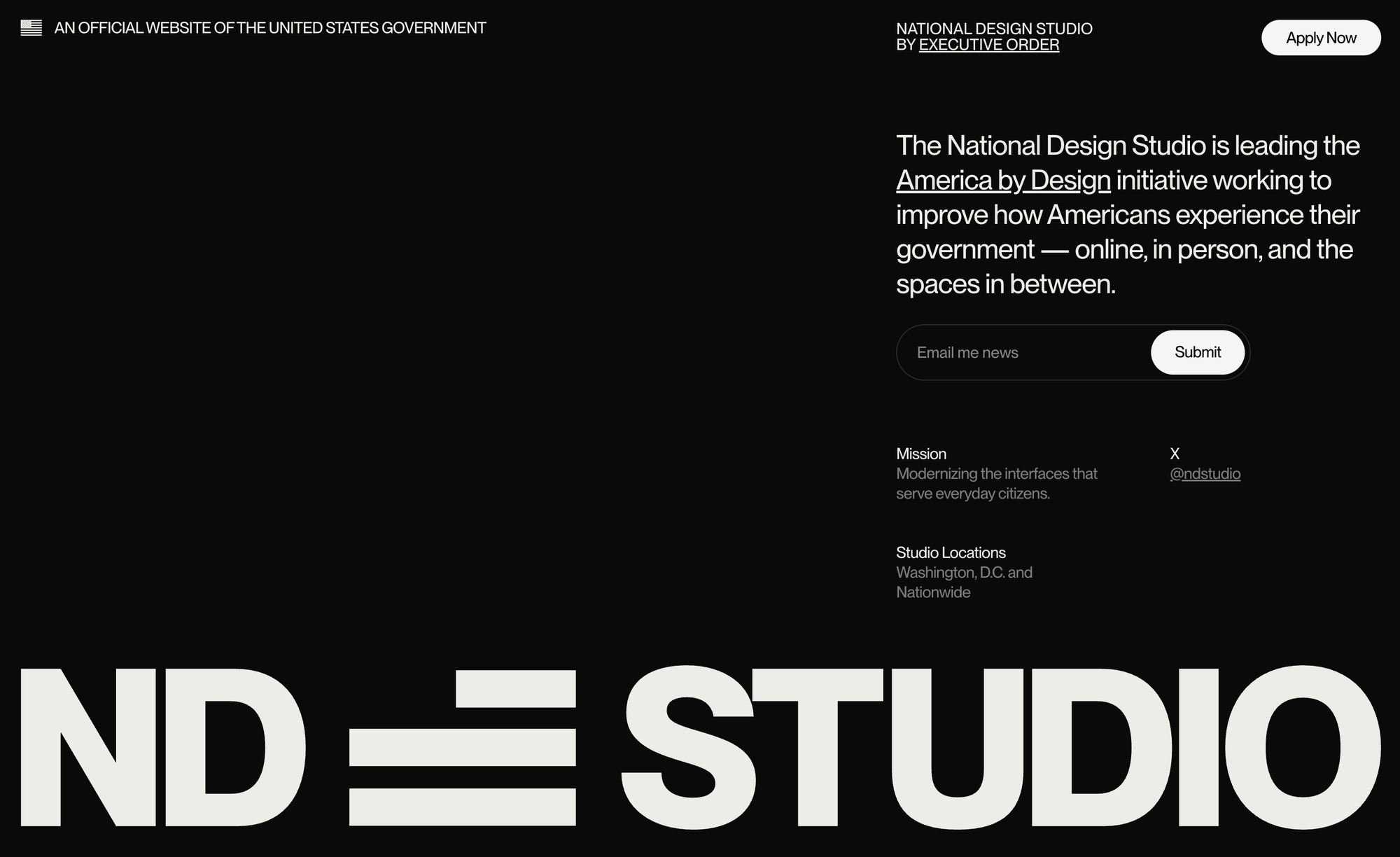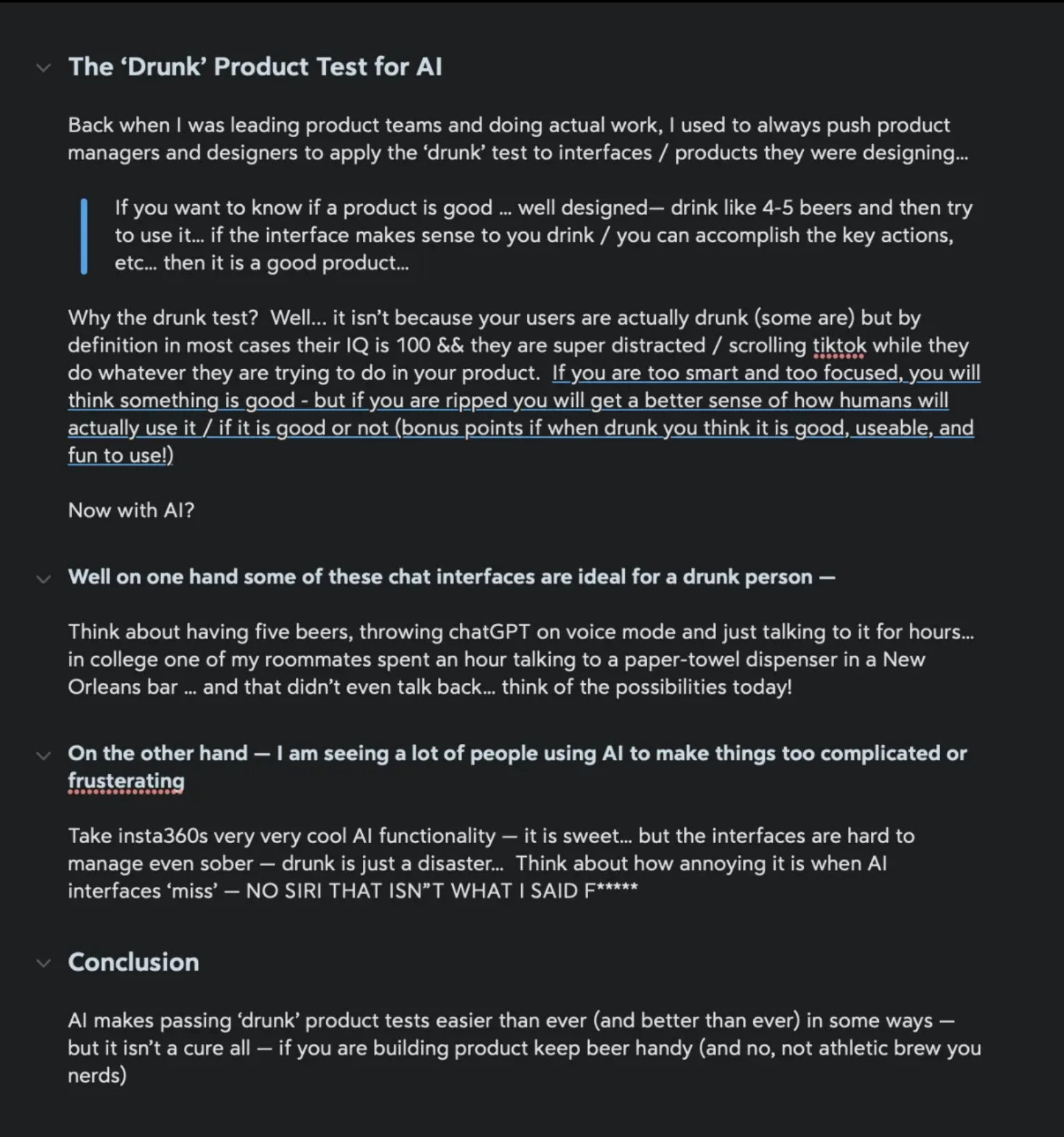Discoveries #17 | Where Do Designers Go From Here?

Welcome to Edition 17 of Discoveries. Each week, I share inspiration on design, product building, and what's next.
Where Do Designers Go From Here?
Can you believe it's September already? It's wild how fast the year is going. For me, September is back to teaching time, which I'm especially excited about this year.
To kick off the school year, I moderated a panel at CCA for the incoming Graduate Interaction Design students, with panel members TJ McLesish, Greg Petroff, and Akhil Patel. We talked about the realities of the job landscape right now and how to emerging designers should think about positioning themselves when looking for work.

Here's a few of the highlights from our conversation:
The Vanishing On-Ramp
Five years ago, “junior designer” was a common job posting. Today, it’s practically an endangered species. Most companies are leaning heavily on senior hires. The logic is simple: with leaner teams, every headcount needs to deliver immediate impact. That leaves fewer opportunities for entry-level designers to learn on the job.
This isn’t entirely new—every industry goes through moments where apprenticeships collapse under the pressure of efficiency. For young designers, the implication is clear: you’ll need to build proof of value earlier. Side projects, open source contributions, internships, or freelance work aren’t “nice to haves” anymore. They are required to be competitive.
The Skills That Actually Matter
Emerging designers are all asking the same thing: what skills will get me hired?
- Craft is still the baseline. You have to be able design experiences that are not just functional, but delightful.
- Systems thinking. Design is not just about the UI; it’s about how the whole product behaves over time.
- AI literacy. You don’t need to be a prompt-engineer. But you do need to know how to use AI as a collaborator—like for early brainstorming or accelerating research.
- Storytelling. The most overlooked skill. If you can frame your work persuasively—visually and verbally—you instantly stand out.
In short: the best designers are looking less like production workers and more like strategic operators who happen to wield Figma.
AI as a Design Partner
There’s a quiet shift happening: designers are realizing AI isn’t here to replace them, but to extend them. It’s not going to design your product for you (at least not well). But it’s excellent at sparring.
Need ten variations of a layout? Ask it. Trying to stress-test a product idea? Have AI play devil’s advocate. Staring at a blank screen? Generate a messy draft to react against.
The trick is reframing AI as a co-designer with no ego. It works fast, doesn’t care if you ignore it, and is infinitely patient. The human designer’s job becomes higher order: filtering, curating, and connecting dots AI can’t see.
Beyond the Interface
The dirty secret of design: the pixels are often the least valuable part. Strong designers influence product strategy, team culture, and business models. The problem is that most companies still pigeonhole designers as “UI people.”
How do you break out of that? By making your strategic impact explicit. Don’t just show a pretty prototype—explain how it solves a retention problem, how it unblocks engineering, or how it saves customer support hundreds of hours.
Great designers translate their craft into business outcomes. The sooner you learn that language, the faster you’ll stop being “the person who makes things look nice” and start being “the person we can’t make decisions without.”
The Path Forward
The design industry has always been cyclical. Tools change, job titles morph, and ladders get pulled up or rebuilt. What doesn’t change is the core value of design: shaping how people experience technology, culture, and the world.
Product Inspiration

They haven't launched any products yet, but I was excited to see the announcement of the United States Nation Design Studio, led by Airbnb Co-Founder Joe Gebbia.
This line from their site hit especially hard:
"We've been conditioned to accept that mediocre in government is normal. It's not normal. It's time to upgrade, and fix the nation's digital potholes."
From passport renewals to tax filing, immigration services to the DMV—there’s no cosmic law that says these experiences must feel like an endurance sport. They can (and should) be amazing.
What I'm Reading
The 'Drunk' Product Test for AI
From Sam Lessin:

Other Finds
🔗 POV: You're designing LAX Airport

Have a great week,
Blake
P.S. I'm always looking for feedback. Reply and let me know what you think! (I reply to every email)
Forwarded this email? Sign up here
Let's connect on LinkedIn